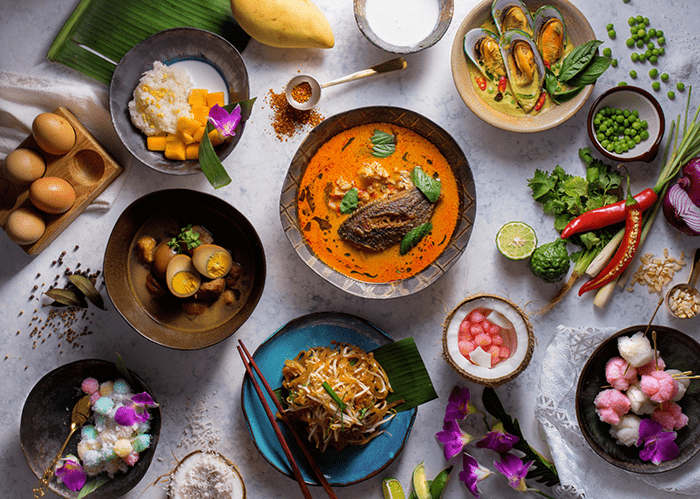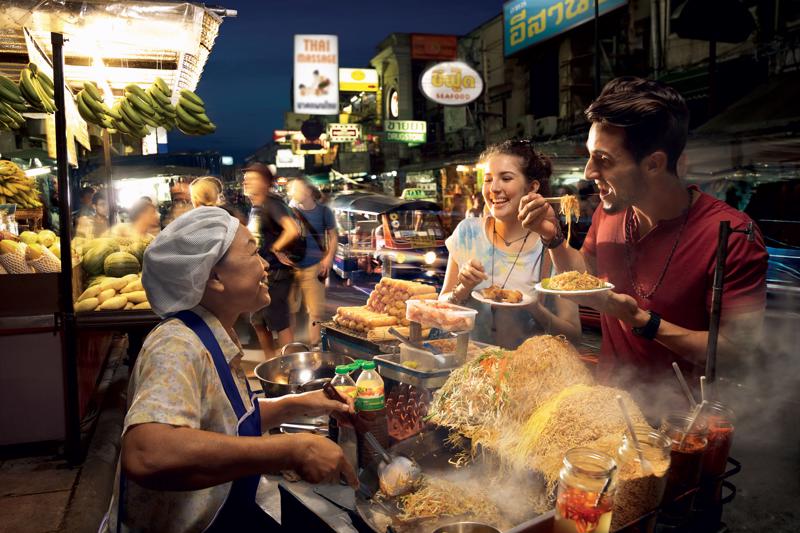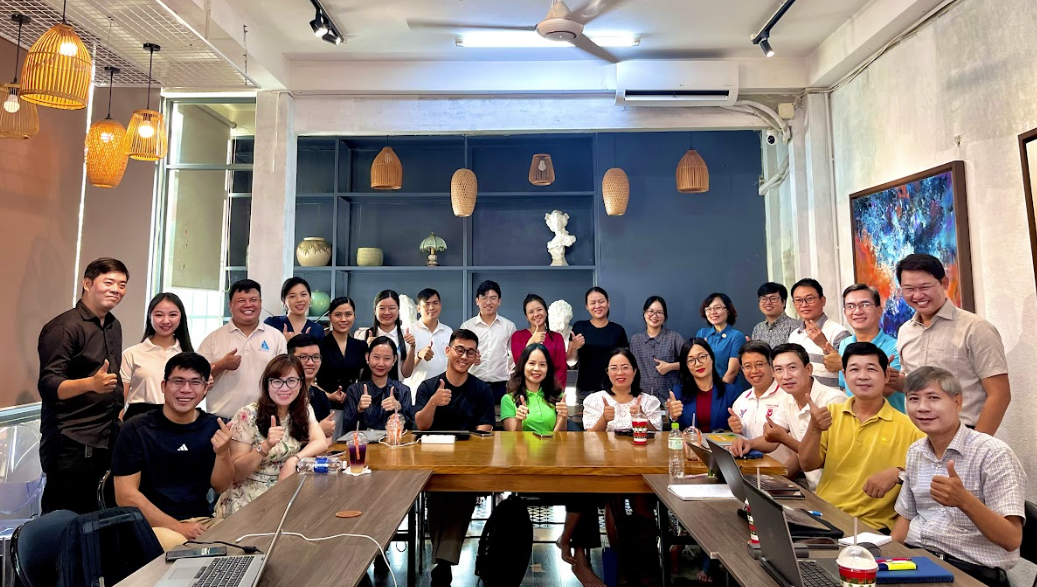This post is also available in:
Tiếng Việt (Vietnamese)
Culinary tourism has become a strategic tool in shaping Thailand’s national brand identity. Under the stewardship of the Tourism Authority of Thailand (TAT), the country has adopted an integrated food tourism policy—spanning from street food to fine dining—that enhances international image, drives inbound tourism, and delivers immersive, high-value experiences
This article analyzes how Thailand leverages the soft power of cuisine to create a value chain that connects culture, tourism, and economic development—ultimately establishing a distinctive and competitive destination identity on the global travel map.
Overview: Cuisine as a Strategic Tourism Product
Thailand has long been celebrated for its vibrant and diverse culinary heritage. More than just a memorable part of the visitor experience, Thai cuisine has been strategically positioned as a pillar of national tourism development. Recognizing its potential, TAT has identified gastro-tourism as a core development axis in its national tourism strategy. From bustling street stalls to Michelin-starred restaurants, Thailand is increasingly being recognized as a top destination for culinary connoisseurs worldwide.
The Pioneering Role of TAT and the Thai Government
TAT has spearheaded numerous international marketing efforts to elevate the profile of Thai gastronomy. A cornerstone of this strategy was introducing the Michelin Guide to Thailand, raising the visibility of local restaurants while repositioning the nation as a global fine-dining hotspot.
In partnership with the Ministry of Tourism, TAT has promoted food festivals, hands-on experiences, and collaborations with Thai restaurants abroad. Beyond traditional channels, the agency actively embraces multimedia and digital marketing, leveraging film partnerships, food bloggers, and cultural diplomacy to promote Thai cuisine. International tourists themselves become brand ambassadors, sharing their culinary journeys via social media and amplifying the image of Thailand organically.
Immersive Experiences: From Tasting to Living Thai Cuisine
A major trend shaping modern culinary tourism is the growing demand for immersive experiences. Travelers increasingly seek to go beyond tasting—they want to cook, interact with local chefs, and understand the cultural context of what they eat. These activities deepen emotional engagement and reinforce brand recall for the destination.
TAT has responded by curating experience-driven food tours: from local market visits and traditional cooking classes to ingredient-foraging excursions. These initiatives are particularly effective in engaging younger travelers, who value authenticity and seek cultural depth through cuisine.
The Role of Restaurants: From Touchpoints to Destinations
While government efforts are crucial, private restaurants also play a central role in delivering Thailand’s culinary narrative. Establishments like Alis Phuket, Mango Tree, and Coca go beyond serving meals—they orchestrate sensory journeys that forge lasting impressions.
Alis Phuket, for example, is a premium chef’s table concept with only 15 seats per night. Each dish is sourced from local farms and tied to a narrative. The farm-to-table philosophy highlights sustainability while offering guests a deeply personalized and immersive dining experience. Here, atmosphere, identity, and service merge to create a culinary journey rather than a mere meal.
Meanwhile, Mango Tree and Coca represent global Thai brands that export Thai cuisine worldwide. Originally family-owned businesses, they have expanded internationally while maintaining authenticity. These brands even bring foreign chefs to Thailand for deep cultural and ingredient immersion—a thoughtful strategy for culinary knowledge transfer and global branding.
Food as Identity, Strategy, and Destination Capital
Food is no longer just nourishment—it is cultural symbol, communication tool, and strategic brand asset. Thailand exemplifies how public policy, private innovation, and tourism trends can converge to position cuisine as the emotional and cultural gateway to a country.
From chef’s tables and food festivals to hands-on tours and global campaigns, every Thai dish becomes a sensory invitation—a gateway to fall in love with the nation. In the post-pandemic era, where sustainable and meaningful travel takes precedence, culinary tourism is poised to remain at the center of destination branding efforts.
Thailand is on the right trajectory—using food as a global language to narrate stories of identity, hospitality, and aspiration on the world stage.











